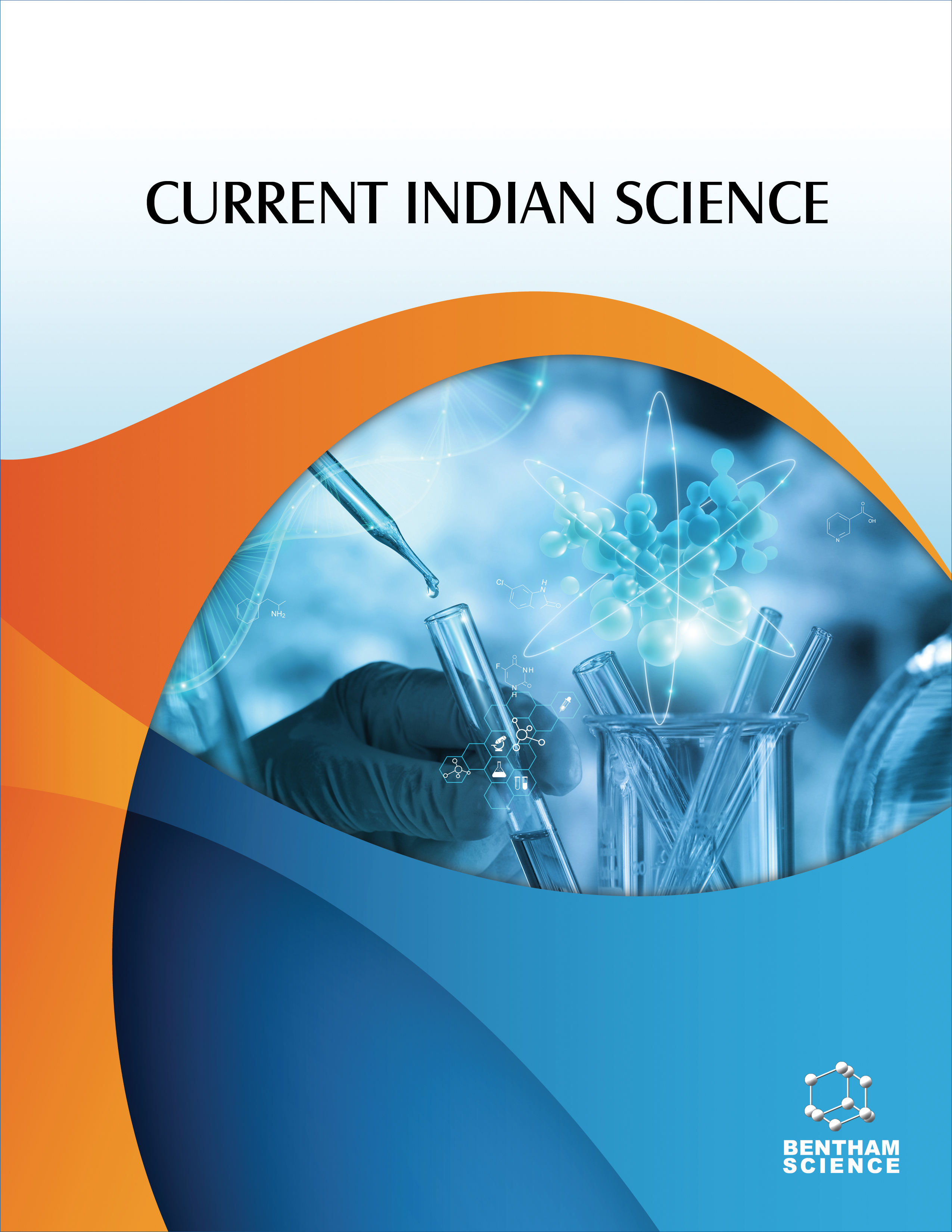-
oa Regulation of Genome-edited Technologies: Indian Policy Perspective
- Source: Current Indian Science, Volume 1, Issue 1, Jan 2023, e230223213951
-
- 28 Sep 2022
- 19 Dec 2022
- 01 Jan 2023
Abstract
The rapid technological advances in the field of biotechnology have resulted in the formulation of effective and robust regulatory policy frameworks by different countries to ensure the safety of the products that are being developed through the application of genome editing techniques both in terms of environment and health safety perspectives. With over two and half decades of use of products derived from the application of genetic engineering technologies, this technology has stemmed the emergence of an even more advanced and precise targeted technology to address the most complicated and intrinsic challenges in a more precise manner which is now considered as Genome Editing. It is astounding to note that, at a time when several nations were debating and discussing the regulatory hurdles regarding the regulation of this technology, India has emerged as one nation with a clear policy framework with well-defined definitions in Rules 1989 itself, wherein, the definition of Gene Technology and Genetic Engineering clearly states that any alteration in the genome needs to be regulated and accordingly, India needs to regulate the products that would be developed through this novel genome editing technology. However, recognizing the global developments and after a thorough assessment of safety aspects, India, in the year 2022 promulgated the “ Guidelines for the Safety Assessment of Genome Edited Plants” wherein, it is explicitly detailed that products that are derived from SDN-1 and SDN-2 techniques and which are free of exogenous introduced DNA, are exempted from the provisions of Rules 7 to 11 (both inclusive) of the above said Rules 1989 and products derived from SDN-3 would be regulated as per provisions of Rules, 1989. If required, the concerned regulatory agencies may stipulate additional safety evaluation tests through better risk evaluation methodologies and a greater number of laboratories could also be set up along with empowering the human resource capacities for undertaking such state-of-the-art and precise techniques for the development of safe and beneficial products for the public without compromising on the safety.


